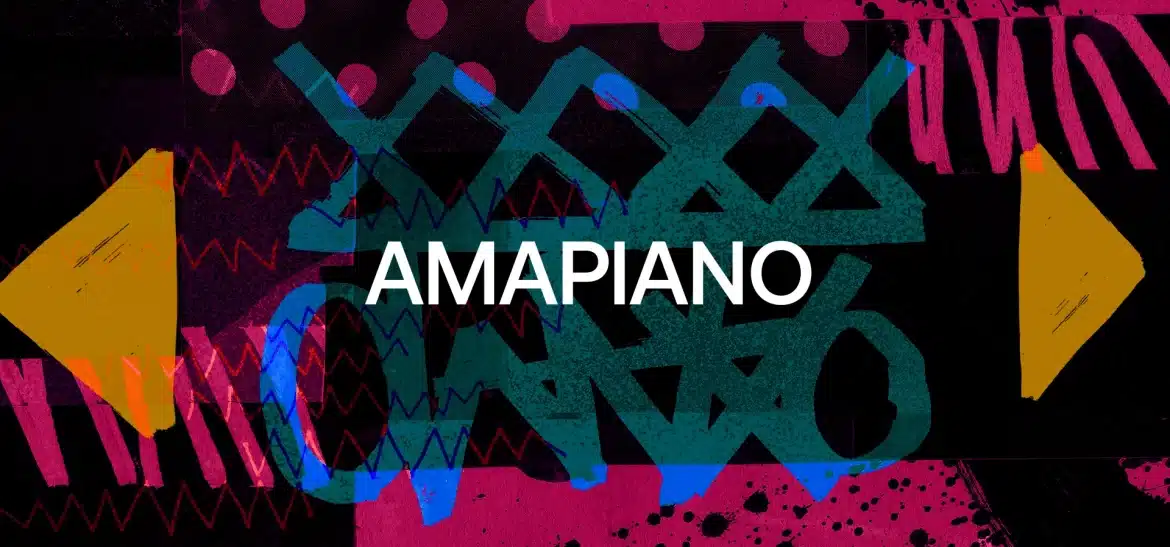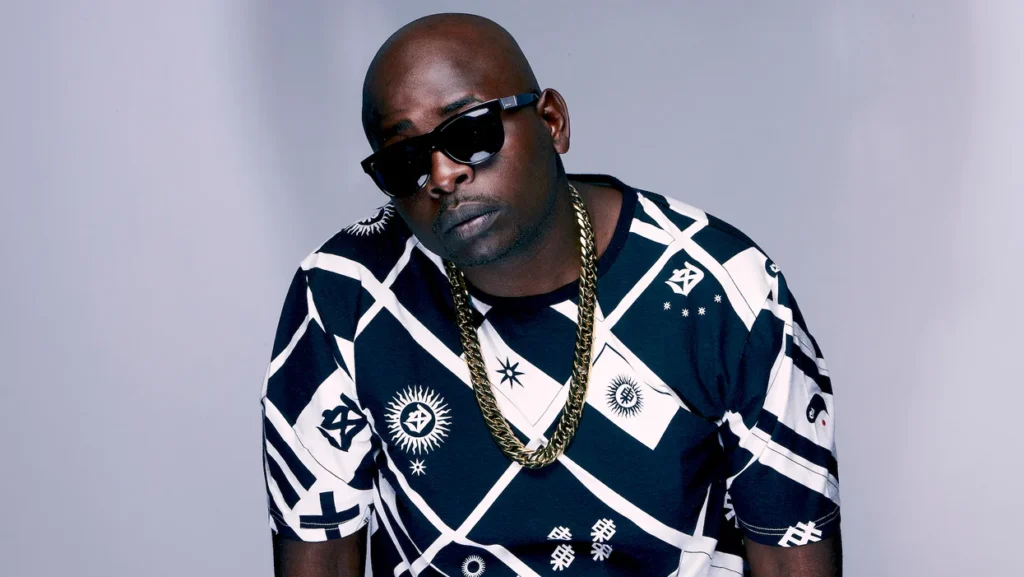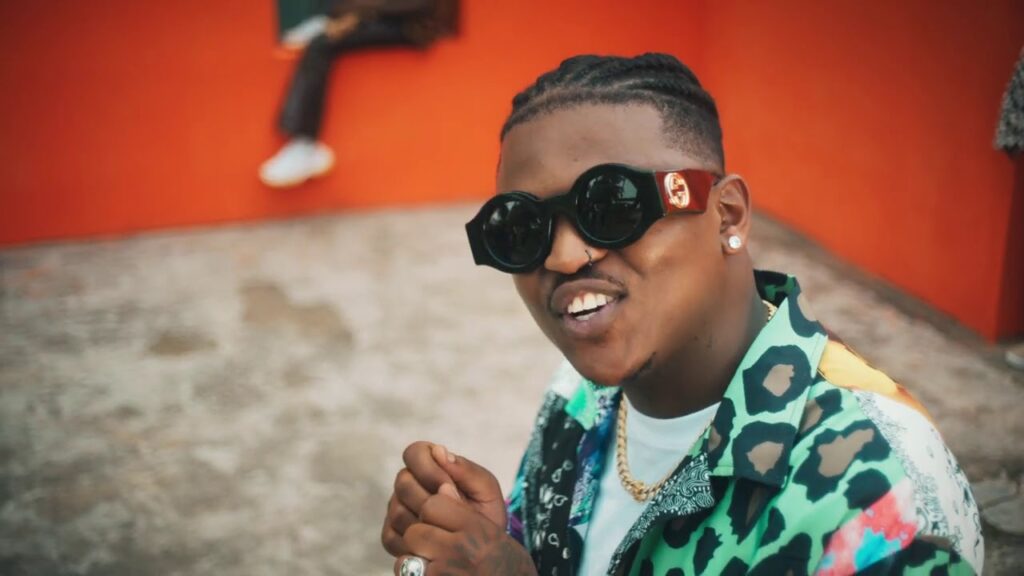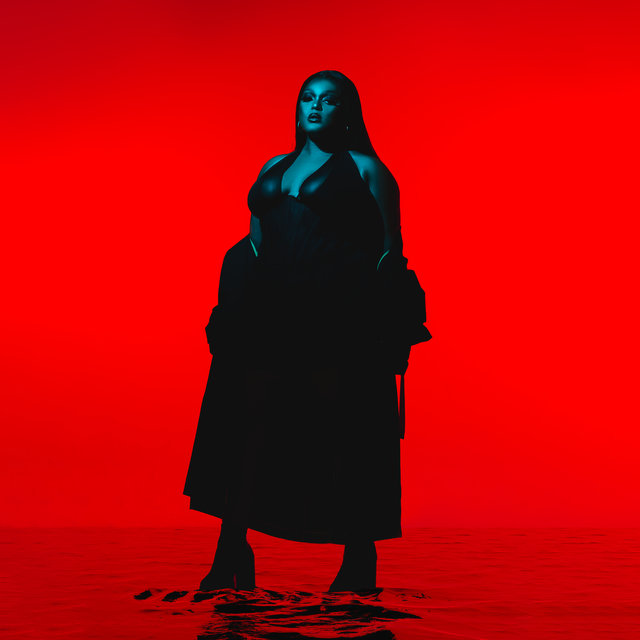

The Rise of Amapiano is a genre that has taken the music world by storm. It blends the rich sounds of South Africa with elements of jazz, deep house, and traditional African rhythms. Its distinct fusion of smooth basslines, intricate piano melodies, and soulful vibes has made it a global sensation. Let’s dive into the DJ’s pushing Amapiano forward, the new popular genre and explore why it’s thriving.
Where Did Amapiano Start?
Amapiano, which originated in South Africa around 2012, quickly became more than just a musical genre—it evolved into a cultural movement. Rooted in the country’s rich cultural landscape, Amapiano blends traditional elements like kwaito and house music with a modern, innovative twist. The term “Amapiano,” meaning “the pianos” in Zulu, highlights the genre’s distinctive sound, where the piano plays a central role with its jazzy, melodic chords.
The genre’s rise can be credited to pioneering producers like DJ Maphorisa, Kabza De Small, and MFR Souls. These artists laid the groundwork for Amapiano by reimagining the familiar “four-on-the-floor” beats of house music, creating a unique and fresh sound. Their collaborative works, particularly the “Scorpion Kings” project, helped define Amapiano’s signature infectious rhythms and laid-back yet upbeat style that continues to resonate worldwide. The genre is a true representation of South Africa’s musical creativity, blending rich local influences with cutting-edge innovation.

Why Is Amapiano Thriving Globally?
Amapiano’s success is not just about the music; it’s about the cultural movement it represents. Here are a few reasons why Amapiano is thriving:
1. Global Connectivity through Social Media
Social media platforms, especially TikTok and Instagram, have played a massive role in the global spread of Amapiano. The genre’s catchy beats and signature dance moves have made it perfect for viral challenges. Consequently, it expanded its reach far beyond South Africa’s borders.
2. Cross-Genre Collaborations
Amapiano artists are not just sticking to their roots. They are collaborating with international artists across various genres, blending Amapiano with Afrobeats, Hip Hop, and EDM. This fusion has made Amapiano accessible to a global audience. Artists like Burna Boy, Davido, and Whizkid have helped propel the genre into new territories.
3. A Vibrant Dance Culture
Amapiano isn’t just about the music—it’s a lifestyle. The genre has birthed its own dance moves, such as the “Amapiano Stomp” and “Gwara Gwara.” These moves have been widely adopted by dance crews and fans worldwide. The infectious nature of these moves adds to the appeal of Amapiano, making it more than just a genre but a full-on cultural phenomenon.
4. Incredible Production Quality
Amapiano’s unique sound is a product of exceptional production quality. The genre features smooth, deep basslines, syncopated rhythms, and the unmistakable sound of the piano. The use of local instruments like marimbas and log drums adds an authentic touch. This blend combines traditional sounds with modern electronic music.
DJs Pushing Amapiano Forward
Several DJs and producers have been at the forefront of the Amapiano revolution. They are shaping its sound and ensuring its global success. Here are some of the most influential names:
1. DJ Maphorisa
Known as one of the pioneers of Amapiano, DJ Maphorisa has played a crucial role in developing the genre’s sound. His collaborations with fellow producer Kabza De Small on tracks like “Emcimbini” and “Sponono” have become anthems in the Amapiano scene. Maphorisa’s blend of traditional South African sounds with global influences has helped him carve a name for himself both locally and internationally.

2. Kabza De Small
Dubbed the “King of Amapiano,” Kabza De Small is another cornerstone of the genre. His skillful production and smooth transitions between genres have helped shape the genre’s signature sound. Kabza’s album “I Am the King of Amapiano” is a testament to his role in defining Amapiano’s evolution.

3. Major League DJz
The twin brothers known as Major League DJz have played a major role in spreading Amapiano globally. Their “Amapiano Live Balcony Mix” series, which features live performances from various venues, has garnered millions of views. This series has introduced new fans to the genre.

4. Focalistic
Focalistic, often referred to as the “Pitori Maradona” (named after Pretoria, his hometown), has merged Amapiano with trap, hip-hop, and even dancehall to create his own distinct style. His hit singles like “Ke Star” and “Boesen” have seen massive international success. This success has pushed Amapiano further into the global spotlight.

5. DBN Gogo
DBN Gogo has become one of the most recognized faces of Amapiano. She brings a fresh and energetic style to the genre. Known for her electrifying DJ sets and powerful stage presence, DBN Gogo has played a pivotal role in pushing Amapiano’s global reach. Her tracks like “Khuza Gogo” and “Dakiwe” have become club anthems. Her collaborations with other leading artists continue to elevate the genre worldwide.

The Future of Amapiano
With its explosive growth, Amapiano shows no signs of slowing down. The genre is continuing to evolve, with artists exploring new sounds. These artists are pushing the boundaries of what Amapiano can be. As the world becomes more interconnected, Amapiano’s fusion of African roots and global influences is likely to inspire new generations of musicians and music lovers alike.
Conclusion
Amapiano is more than just a musical genre—it’s a cultural movement that represents the creative spirit of South Africa while embracing global influences. Its unique sound, energetic beats, and powerful rhythms have made it a worldwide phenomenon. The DJs pushing it forward are shaping the future of music. The journey of Amapiano has only just begun, and the world is listening.
Read More: DJ Maphorisa King of Amapiano
